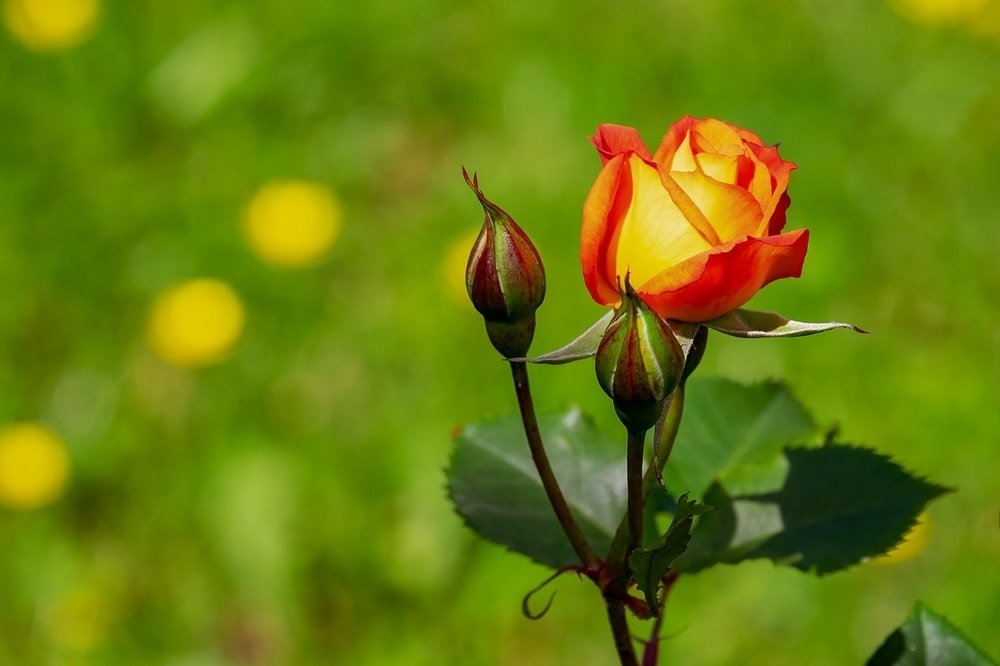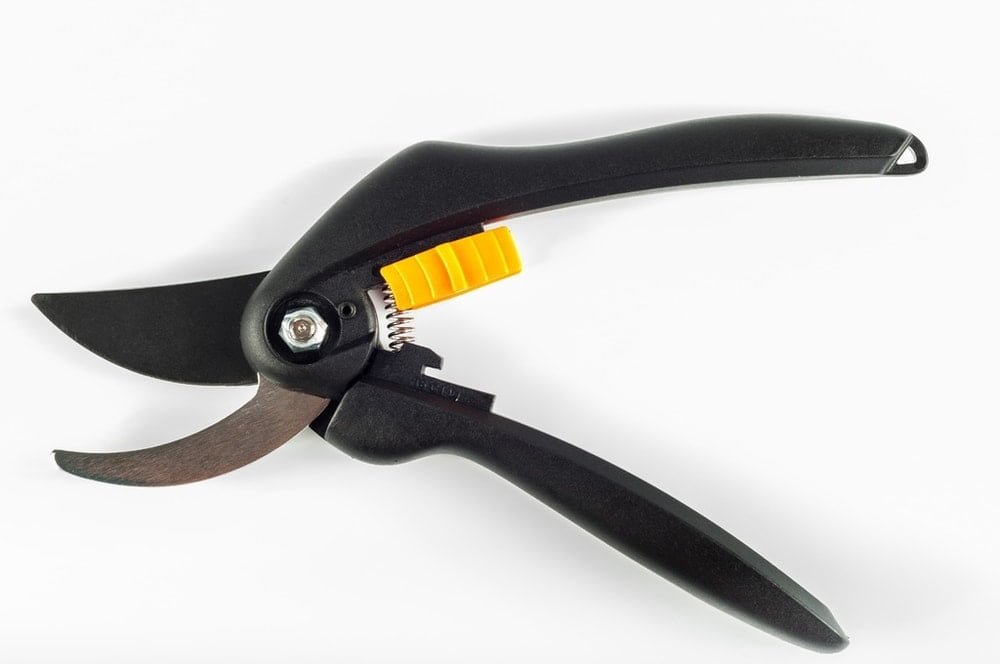A rose is a rose, but to grow beautiful rose bushes requires care. These beautiful flowers can be a wonderful part of your garden. The cut flowers also look great in a vase on the table.
Roses do require a bit of care, and a good part of that is pruning the plants. Pruning, though, seems to intimidate many people. Sometimes, there’s a fear of doing something wrong and permanently damaging, or even killing, the plant. However, pruning isn’t as tough as you think. It takes a little practice, but it’s easy to learn.
Even if you get it a bit wrong, you’re not going to do serious damage to the plant. It will recover. Proper pruning helps the plant flourish, but it can recover if you get it wrong. So don’t worry so much – you’ll be providing a service to the plant that will help it prosper and grow even better!
Why Prune At All?
As a rose bush grows, it becomes more difficult for its system to spread water and nutrients to all its branches, leaves, and bulbs. The limited amount of nutrients has to feed a plant that wants to keep spreading upwards and outwards.
Of course, some parts of the bush may become damaged, too. Perhaps heavy winds have broken a branch. Insects might have infested some areas. Or even the weight of the plant itself might cause it to bend or even snap.

The bush is going to keep trying to nourish these areas even if they will never recover. That means there are fewer resources for areas that are healthy. So the whole plant suffers.
Pruning removes damaged areas and keeps the bush to a size where it can thrive. This develops a plant that will have stronger stems, healthier leaves, and more amazing flowers.
If you’re planning to transplant your rose bush, pruning is also important. It helps the plant concentrate on its central parts without having to feed too many leaves and branches.
When To Prune A Rose Bush
The best time to prune your rose bush is in spring, once the last frost has passed. That can be hard to predict. But generally, you can determine dates based on your climate zone.
Of course, don’t just go by the dates – listen to your local weather forecast, too. While we know the meteorologist is often wrong, they’re right more times than we care to admit. If they say you’re due for a late cold snap, you’ll want to delay your pruning until later. Fortunately, no matter your zone, you have a solid month when conditions are generally ideal.
- Zones 3 and 4 – May
- Zones 5, 6 and 7 – April
- Zone 8 – Last week of February through the end of March
- Zone 9 – February
- Zone 10 – January
Of course, this is for your major pruning job. Throughout the summer, you can cut back dead flowers. After the first frost in fall, cut back any long branches or branches that rub against each other. But spring is the time for thorough pruning.
What You’ll Need For the Job
Pruning doesn’t require a lot of tools or equipment. It’s a simple list:
- Pruning shears for up-close, detailed work
- Long-handled loppers for branches that are thicker or harder to reach
Don’t forget to wear garden gloves, too! Every rose has its thorn, and you don’t want it to be pricking your fingers.

How To Prune Your Rose Bush
Your goal in pruning is to get rid of anything unhealthy and to guide the bush to increased health growth. Rose bushes grow best if they have enough space for air to move through them. The ideal shape is like a cup – branches growing up on the outside with empty space in the center.
Here are some steps to follow.
- Trim back any dead canes (branches). If they are dead right from the base, cut them back all the way.
- Look for any branches – whether main canes or offshoots – that are too thin to support a rose. The thickness of a standard pencil is a good way to judge. Smaller than that, they need to go.
- If you are growing grafted roses, watch out for suckers. Remove any of these vertical canes that begin below the graft. If they come from the ground, dig them out if possible; otherwise, you’ll constantly be fighting an ungrafted plant amid your graft.
- Protect your plant from rose borers. These harmful insects drill into your plant. Check areas that were trimmed back in previous years. If you have a problem, you can use ordinary white glue to seal both old and new cuts.
- Trim new growth to keep your rose bush in its desired shape. This includes both the height and the form.
- The best place to cut is between ¼” and ½” above a bud eye that faces outward. The bud eye is the slight bump where a leaf would grow from the stem. Cutting above the outward-facing bud eyes encourages the leaves and rose to grow outward. This creates a fuller, more beautiful appearance.
- The best way to cut is at about a 45° angle. This prevents water from accumulating atop the cut and causing rot. It also looks better.
Conclusion
To keep your rose bushes blooming beautifully, you have to spend some time pruning them. Dead flowers can be trimmed back any time and long branches can be cut back after the first frost. But your main pruning should be in spring, after the last frost. By getting rid of dead branches and helping your bush focus where it spends its energy, you’ll help it grow more wonderfully each year!









